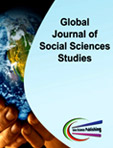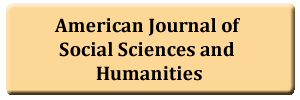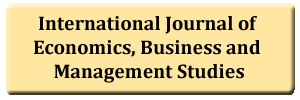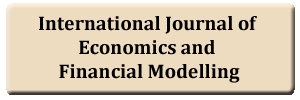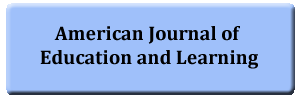Socio-Financial Disruption – Key Tips to Manage and Ensure the Business Continuity
DOI:
https://doi.org/10.20448/807.6.2.87.95Keywords:
Disaster management crisis management, Strategic priorities, Organizational behaviour, Business continuity.Abstract
When any disaster, manmade or natural hits the business operations, leave unnoticed the usual operations, threatening the business, involving disruption of activities or destruction of property, resources, lives, etc, then the Organization is faced a crisis. Risk is outside everywhere, and it may impact us more or less. Disaster may have many faces and even we are aware and think that we are prepared to deal with it, somehow, we find ourselves not ready. The study was conducted on two different types of institutions, in a multicultural environment. The article aims to present possible key tips to manage and ensure business continuity by strictly evaluating the core values and strategic prioritization, involving all employees and amending the organizational structure and culture. The research underlines that in case of disaster, improvements are not mandatory to be completely new or drastic in nature. The article concludes that putting the business on hold, closing, or staying at home is not a long-run solution, it will really affect the socio-financial the situation, at all levels, individual, institutional, governmental. The work paper emphasis that it is better to apply the rule of 5Es, with the accent on strategic priorities and everyone's involvement through a clear operational plan. Businesses need to take a step back and assess the situation in a critical way, emphasize the core value, strategic priorities, and bring together all resources it can rely on, and more importantly, take care of the employees, they are the one can make the business rise again.

